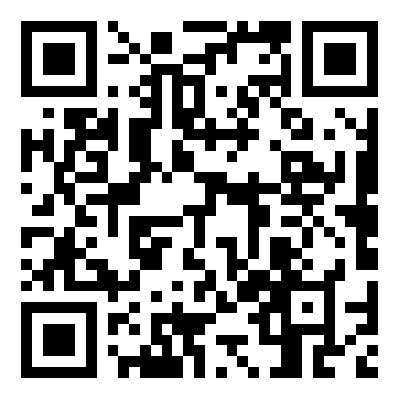Integrating General Purpose Relays for Heavy Power Switching into Automated or Remote-Controlled Systems: Key Considerations
2024-04-09
Introduction:
In today's interconnected world, automation and remote control play a crucial role in optimizing efficiency and enhancing productivity across various industries. General Purpose Relays for Heavy Power Switching are integral components in automated and remote-controlled systems, enabling precise control over high-power loads. However, integrating these relays into such systems requires careful consideration of several factors to ensure seamless operation and reliability. In this blog, we'll discuss the key considerations for integrating General Purpose Relays for Heavy Power Switching into automated or remote-controlled systems.
1. Compatibility with Control Systems:
Before integrating General Purpose Relays into automated or remote-controlled systems, it's essential to ensure compatibility with the existing control systems or protocols. Considerations include:
- Communication Protocols: Determine the communication protocols supported by the relays, such as Modbus, Profibus, Ethernet/IP, or CANopen, and ensure compatibility with the control system's communication interface.
- Interfacing Options: Evaluate the relay's interfacing options, such as digital inputs, analog inputs, or serial communication ports, and verify compatibility with the control system's input/output requirements.
- Software Integration: Check if the relay's control software or programming environment is compatible with the software used in the control system, ensuring seamless integration and interoperability.
2. Remote Monitoring and Control Capabilities:
Integrating General Purpose Relays into remote-controlled systems requires robust remote monitoring and control capabilities to enable real-time monitoring and remote operation. Considerations include:
- Remote Access: Ensure that the relays support remote access capabilities, allowing operators to monitor relay status, receive alerts, and perform remote control actions from any location via web interfaces or mobile applications.
- Security Features: Implement robust security measures, such as encryption, authentication, and access control, to safeguard remote access to the relays and prevent unauthorized tampering or malicious attacks.
- Redundancy and Failover: Implement redundancy and failover mechanisms to ensure continuous operation and reliability of remote-controlled systems, such as backup communication links or redundant relay configurations.
3. Power Supply and Backup:
Reliable power supply is essential for the uninterrupted operation of General Purpose Relays in automated or remote-controlled systems. Considerations include:
- Power Quality: Ensure the stability and quality of the power supply to the relays to prevent voltage fluctuations or power surges that could affect relay performance or reliability.
- Backup Power: Implement backup power sources, such as uninterruptible power supplies (UPS) or backup generators, to provide continuity of power in case of mains power failure and ensure uninterrupted operation of the relays.
4. Remote Maintenance and Diagnostics:
Integrating General Purpose Relays into automated or remote-controlled systems requires robust remote maintenance and diagnostic capabilities to facilitate troubleshooting and maintenance activities. Considerations include:
- Remote Diagnostics: Equip the relays with diagnostic features, such as self-testing routines, fault detection algorithms, and error logging capabilities, to enable remote diagnosis of relay issues and facilitate timely maintenance.
- Remote Firmware Updates: Ensure that the relays support remote firmware updates to allow for seamless deployment of software patches, bug fixes, or feature enhancements, minimizing downtime and ensuring optimal performance.
- Remote Configuration: Enable remote configuration of relay settings, parameters, and operating modes to facilitate system optimization and adaptation to changing operational requirements without the need for on-site intervention.
Conclusion:
In conclusion, integrating General Purpose Relays for Heavy Power Switching into automated or remote-controlled systems requires careful consideration of compatibility with control systems, remote monitoring and control capabilities, power supply and backup, and remote maintenance and diagnostics. By addressing these key considerations, engineers can ensure seamless integration, reliable operation, and optimal performance of relays in automated or remote-controlled systems, enabling enhanced efficiency, productivity, and flexibility across various industries.



